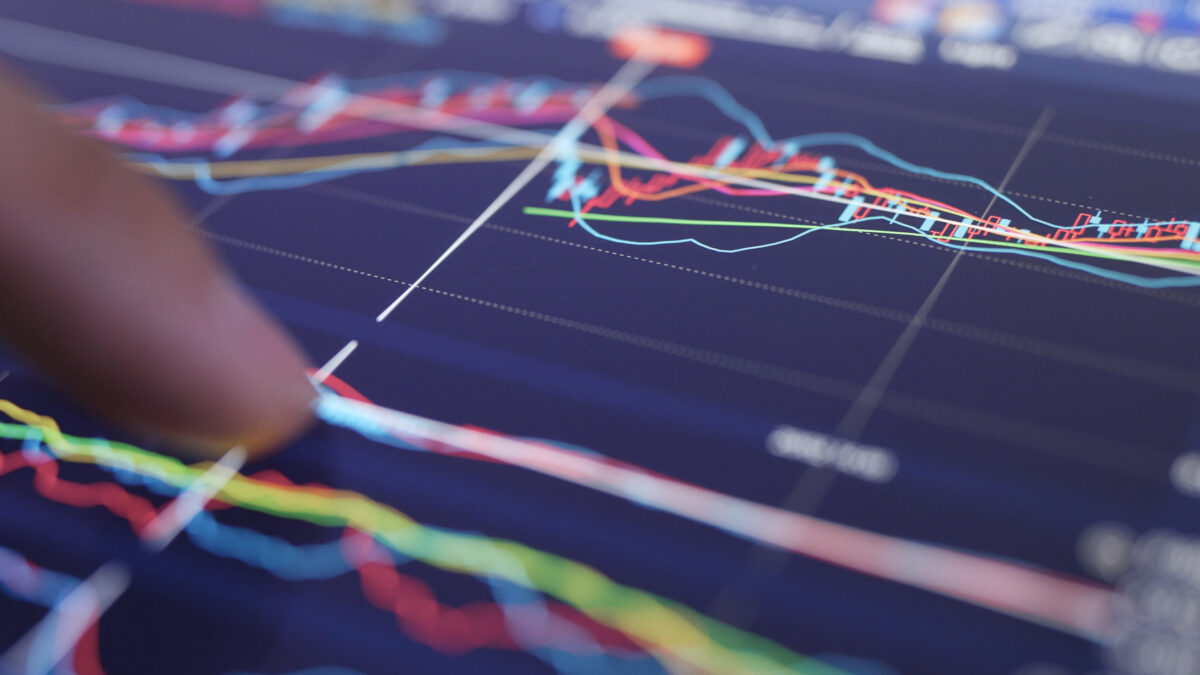Introduction
AI-powered Forex trading is transforming the way traders analyze markets and execute trades. With machine learning algorithms, traders can now process massive amounts of data, identify patterns, and make predictions with greater accuracy than ever before. In this blog post, we’ll explore how AI is revolutionizing Forex trading, the benefits and risks, and how retail traders can leverage machine learning to gain a competitive edge.
How AI and Machine Learning Analyze Market Data
Machine learning models can process historical price data, news sentiment, economic indicators, and even social media trends to make informed predictions. AI-powered systems analyze:
- Price Patterns: Identifying trends, breakouts, and reversals based on historical data.
- Market Sentiment: Using natural language processing (NLP) to gauge market sentiment from news and social media.
- Risk Management: Adjusting position sizes and stop-loss levels based on statistical probabilities.
- Big Data Processing: AI can analyze millions of data points in seconds, giving traders insights that human analysis might miss.
The Difference Between AI Trading Bots and Traditional EAs
Many traders are familiar with Expert Advisors (EAs) in MetaTrader, but AI-powered trading bots offer a more advanced approach:
- EAs: Follow pre-programmed trading rules based on technical indicators.
- AI Trading Bots: Continuously learn from market data and adjust strategies in real-time.
- Self-Optimization: AI bots refine their trading models automatically, adapting to new market conditions.
How Hedge Funds and Institutions Use AI for Predictive Analytics
Large financial institutions have been at the forefront of AI adoption in Forex trading. They use machine learning to:
- Predict currency price movements with high accuracy.
- Detect market inefficiencies and execute high-frequency trades.
- Automate complex trading strategies that require rapid execution.
Best AI-Powered Forex Trading Tools and Platforms
For retail traders looking to leverage AI, several tools and platforms offer machine learning capabilities:
- Trade Ideas: Uses AI to scan markets and provide trade alerts.
- MetaTrader 5 (MT5) with AI Plugins: Enhances traditional trading strategies with AI-driven insights.
- Kavout: AI-powered trading analytics and signal generation.
- Autonomous AI Bots: Platforms like QuantConnect and AlgoTrader allow traders to build AI-based trading strategies.
Risks and Limitations of AI Trading Strategies
While AI trading can be powerful, there are risks to consider:
- Overfitting: AI models may work well on historical data but fail in live trading.
- Market Anomalies: Sudden news events or policy changes can disrupt AI predictions.
- High Costs: Developing and running AI-powered strategies requires computational resources.
- Regulatory Challenges: Some AI trading practices may face scrutiny from financial regulators.
How Retail Traders Can Implement AI in Their Trading
Retail traders don’t need a PhD in data science to use AI. Here’s how they can get started:
- Use AI-Powered Trading Bots: Choose platforms that offer pre-built AI strategies.
- Backtest AI Models: Before using AI in live trading, test strategies on historical data.
- Combine AI with Traditional Analysis: Use AI predictions alongside technical and fundamental analysis.
- Stay Updated on AI Developments: Follow AI trading trends and adapt strategies accordingly.
Conclusion
AI-powered Forex trading is no longer a futuristic concept—it’s happening now. Machine learning is enabling traders to make better decisions, minimize risks, and optimize their strategies. While AI comes with challenges, those who embrace it stand to gain a significant edge in the competitive world of Forex trading.


Stay connected